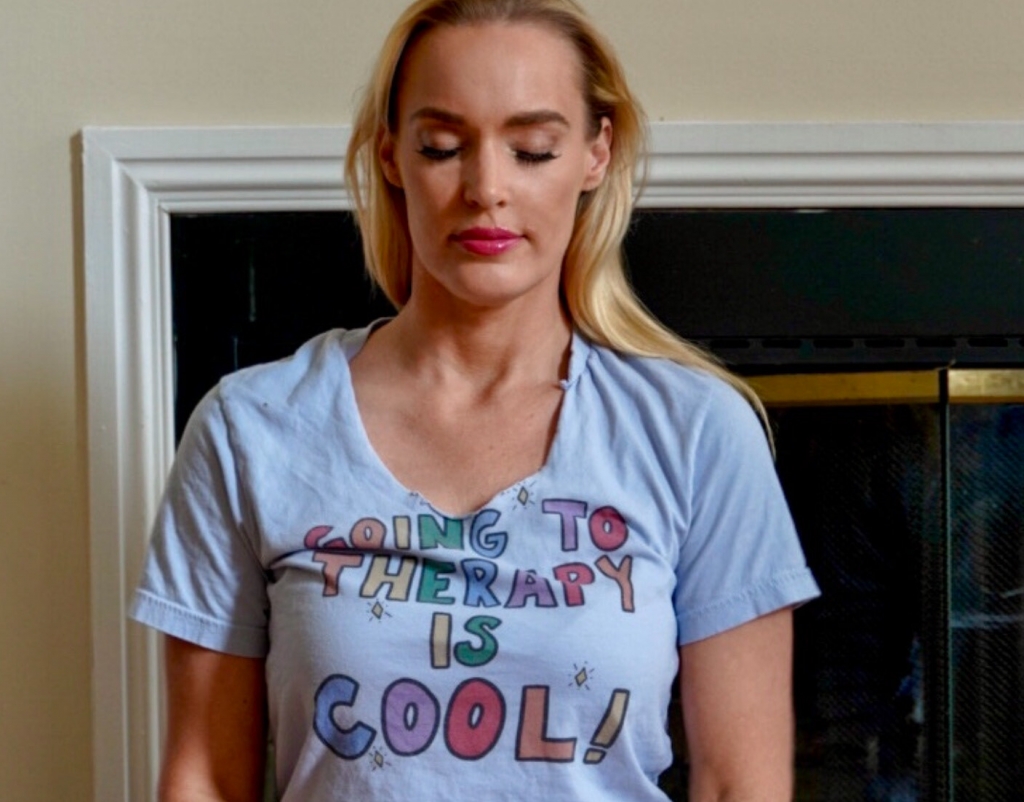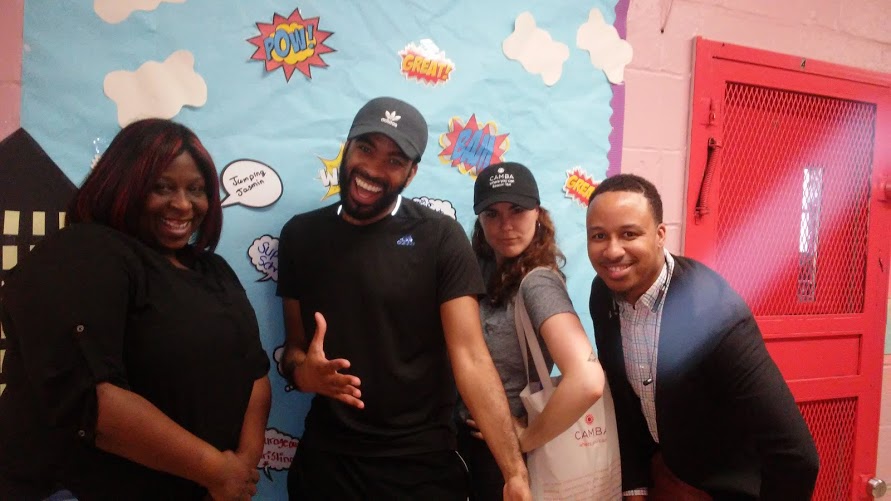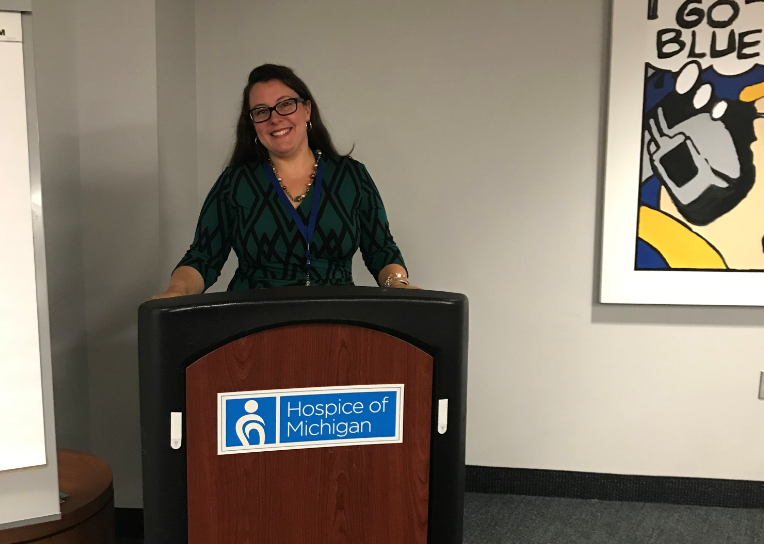
I’ll keep this simple, as many of us have a lot on our minds as we experience the world grappling with a public health crisis. Once you have looked out for the safety and well being of your employees by implementing work from home, social distancing, and community hygiene, it is critical that you turn your attention to your organization’s future fiscal health. Putting this off may impact, and potentially prevent, your organization from implementing its mission and providing critical services.
First, we have to look at the financial markets.
The dual shocks of Covid-19 and an oil price war have roiled global markets. As of mid-March, the S&P 500[1] has plummeted over 27% since a market high on February 19, 2020. Uncertainty is likely to continue as the dual shocks on the global economy are increasing the probability of recession. Keep this idea of uncertainty in your back pocket, as we will return to it soon.
We just saw this.
Again, with the focus on financial markets, we’ve seen this before and not too long ago. Remember the global financial crisis (GFC), aka the Great Recession, of 2007-2010? Of course you do. It took well into the last decade for most to recover; and, in some cases, organizations and communities never recovered.
For the non-profit sector, the GFC wreaked havoc on donations and budgets. This decline is not anecdotal. According to a study by The Russell Sage Foundation and The Stanford Center on Poverty and Inequality, the GFC reduced total giving by 7% in 2008 and by another 6.2% in 2009.[2] And, despite slight upticks in 2010 and 2011 in giving, they were still well below pre-GFC levels. Additionally, even as wealth and incomes began to recover, there is evidence that uncertainty and changes in the habit of giving carried on well past the end of the recession.[3]
Many non-profits were caught off guard by the GFC’s impact on charitable giving. Unfortunately, many had flat-footed responses and waited until they experienced budget shortfalls before making adjustments. This was especially true among organizations lacking diversified revenue streams.
As a result, many organizations cut back on services, made drastic budget cuts—including to employee benefit programs and staffing—to stay afloat, or outright closed. This was especially true of organizations outside the health and human services sector, where drops in the double digits were not uncommon. I am aware of several environmental non-profits that experienced drops exceeding 20%. This is not surprising, as organizations working to alleviate the impacts of the recession on vulnerable populations saw upticks in funding during the GFC as donors refocused donations. For example, donations to food banks in 40 cities increased by 2.2% from 2007 to 2008, and by nearly 32% from 2008 to 2009.[4]
We have to apply lessons learned from the GFC.
First, meet with your board finance committee as soon as possible and begin the conversation. Now is the time to think about a budget reforecast. If you wait until next fiscal year's budget—especially for organizations that budget the second half of the calendar year—you may be too late and be faced with drastic measures.
Second, model out and scenario plan for revenue declines of five-, ten-, and fifteen-percent. Do this with your senior leadership team and your board finance committee. To help facilitate this discussion, have your CFO run budgets from 2006-2012 and see how your revenue fluctuated. This will not give you exact answers, but it may give you a rough idea of what to expect. Concurrently, have your development team dig into your donor database and run reports on giving during those same periods by donor levels. They can also pick individual donors across giving segments that gave throughout the period and see how their behavior changed. Again, this is not an exact science but may give you some insight of what to expect. If your organization was newly formed after the GFC or does not have good data, then peer data and the model/scenario planning may be your best bet to get a ballpark idea.
Third, even if we see a v-shaped recovery[5], we have to expect that the uncertainty (remove from hip pocket) we are all feeling right now will carry forward to year-end appeals revenues, giving decisions, and potentially beyond.
Finally, don’t panic. Our sector is resilient. We’ve been through this before. This is a time to make informed and collaborative decisions. But start that process now, not when it is too late.
[1] The S&P 500 is a stock market index that measures stock performance of 500 large companies listed on stock exchanges in the U.S. It is one of the most commonly followed equity indices, and many consider it to be one of the best representations of the U.S. stock market
[2] Reich, Rob & Wimer, Christopher. 2012. Charitable Giving and the Great Recession. Stanford, CA: Stanford Center on Poverty and Inequality.
[3] Jonathan Meer, David H. Miller, and Elisa Wulfsberg. December 2016. The Great Recession and Charitable Giving, Working Paper 22902, Cambridge, MA: National Bureau of Economic Research.
[4] Reich, Rob & Wimer, Christopher. 2012. Charitable Giving and the Great Recession. Stanford, CA: Stanford Center on Poverty and Inequality.
[5] In a V-shaped recession, the economy suffers a sharp but brief period of economic decline with a clearly defined trough, followed by a strong recovery.
Read More
This article is part of our Insights for Uncertain Times series, looking at how "for purpose" leaders are responding to the impacts of Covid-19.













